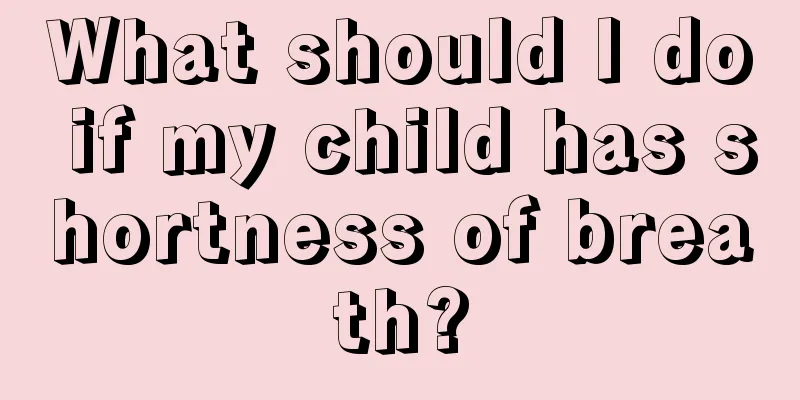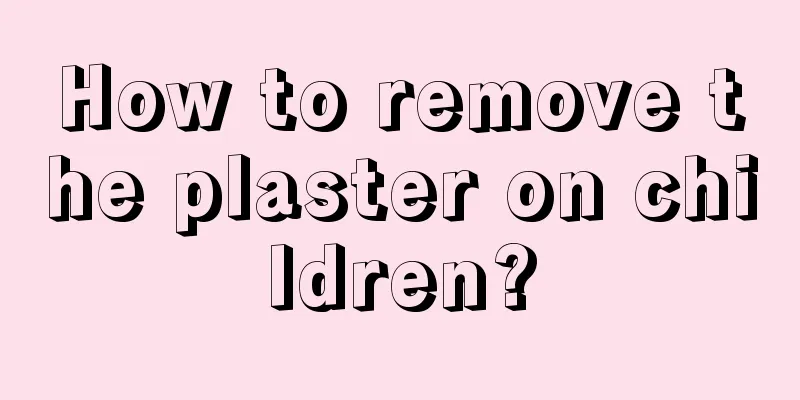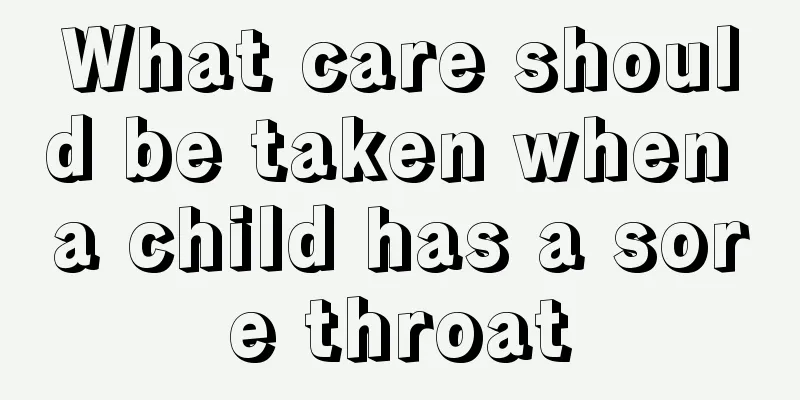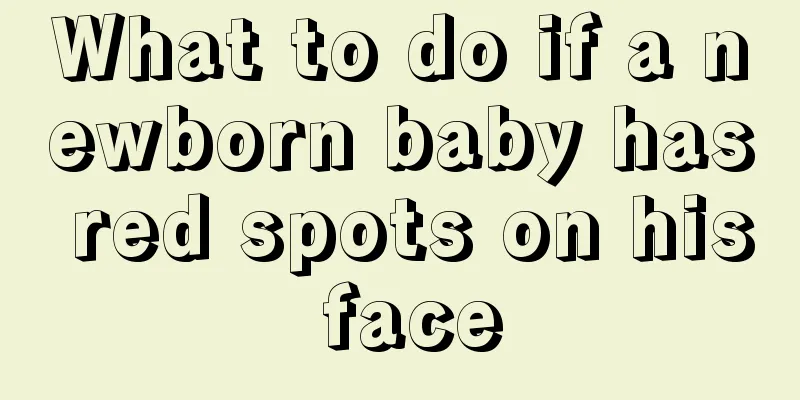Are babies afraid of cold soles?
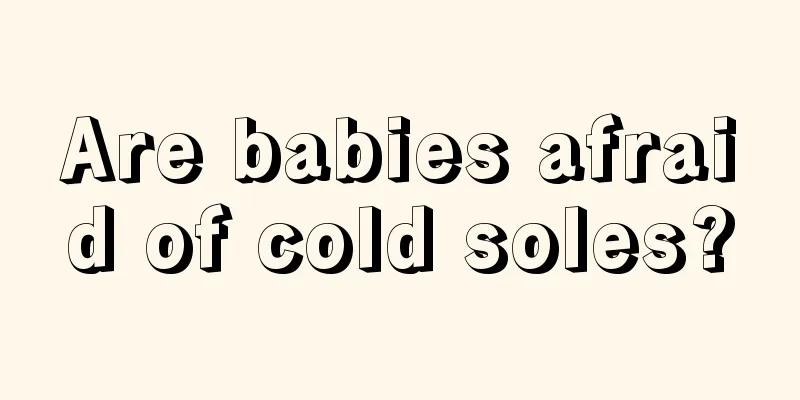
|
Cold hands and feet are a very common phenomenon. Cold hands and feet are very common in adults. It is necessary to keep the feet warm. If the feet are cold, it will cause serious harm to the health of the body. If the baby's feet are cold, it will be detrimental to the baby's growth and development. Parents usually need to protect the baby's feet to prevent the baby's feet from getting cold and affecting their health. Are babies afraid of cold soles of feet? Babies' soles are afraid of cold. Once the baby's feet get cold, it will cause great harm to the baby's health. The harm of cold hands and feet in babies 1. Hands and feet are easily cold in winter, and the nervous system is restricted The baby's nervous system is not yet fully developed, and the autonomic nerves that control vasodilation and contraction are prone to disorder, causing heat to dissipate quickly in the hands and feet. Babies have less brown fat under their skin and a relatively large body surface area. Their limbs contain less blood than their internal organs, resulting in insufficient blood supply to their hands and feet, especially since their feet are at the end of the limbs, far from the heart, so the blood supply is correspondingly reduced and their ability to keep warm is weak. If you do not take good care of your baby, and he kicks off the quilt while sleeping at night and puts his arms outside the quilt, his hands and feet will be more likely to catch cold. 2. Cold hands and feet reduce immunity and make you more susceptible to respiratory infections The baby's body temperature regulation center is imperfect and its ability to resist cold is poor. If the hands and feet are cold, it can easily lead to insufficient blood supply to the whole body, which will reflexively cause contraction of blood vessels in the upper respiratory tract mucosa such as the nose, pharynx, and trachea, reducing the resistance to pathogenic microorganisms. The pathogenic bacteria lurking in the body will take the opportunity to grow and multiply in large numbers, causing respiratory infections. 3. Prone to frostbite If the baby's hands and feet are exposed to cold and dampness for a long time, the small blood vessels at the ends will be in a state of spasmodic contraction, the blood flow will drop sharply, the subcutaneous tissue will not get enough blood supply, and the cells will be damaged or necrotic due to ischemia and hypoxia, thus forming frostbite. Especially those with weak constitution or suffering from malnutrition, anemia, endocrine disorders, chronic infectious diseases and chubby babies. 4. Skin cracking In the cold winter, when the temperature is low, the baby's sweat glands and sebaceous glands secrete less, and the skin tends to become dry and rough. Especially the hands and feet are dry and cold for a long time, which can easily cause chapped skin on the fingertips and heels, causing pain and other symptoms. Can babies go barefoot? 1. Make your baby smarter There are abundant peripheral nerves in human feet. Walking barefoot can feel the stimulation from the ground of different textures. It is also beneficial to the development of tactile nerves and promotes the connection between peripheral nerves and the brain, so that the baby's body will be more flexible, agile and smarter. 2. It is helpful for babies to learn to walk Of course, it is best for babies to learn to walk naturally, without relying on any walking shoes, walkers or other walking products. The best way to learn to walk naturally is to walk barefoot, so that the baby can directly grasp the ground with the soles of the feet and feel the changes in the ground in time, which will make the walking more stable. Going barefoot can also prevent your baby's feet from turning inward or outward, as well as flat feet. 3. Help your baby strengthen his physique When babies go barefoot without the restraint of shoes, it is more conducive to the growth of foot muscle tissue and to control toe movements. It can also exercise the baby's ankle joints, enhance flexibility and avoid falls. |
<<: The eyes of a baby with cerebral palsy_The eyes of a baby with cerebral palsy
>>: How to feed babies scientifically
Recommend
What should I do if my child has purpura?
Purpura is a disease with a relatively high incid...
What is the height and weight of a 20-month-old baby?
Mothers can notice that babies change very obviou...
How to treat children’s cough with traditional Chinese medicine?
Different weather and seasons will also cause sub...
How to lose weight when a child has a big belly? These methods are very effective
If a child has a big belly, it is mostly caused b...
Newborn baby's broken palm
The lines on everyone's palms are different, ...
Red pimples on baby's hands
The symptoms of many skin diseases on the body ca...
Newborn baby has nasal mucus deep in nose
The birth of every baby is a wonderful event and ...
Can childhood depression heal itself?
Children generally like to play, but some childre...
How can infants and young children eat walnut oil more healthily
Infants and young children need to add a small am...
Thalassemia
After thalassemia occurs, it is actually called t...
What should I do if my child accidentally drinks liquor?
People drink many kinds of alcohol in their lives...
How to judge roseola infantum_How to judge roseola infantum
In fact, pediatric emergency is a situation that ...
It is better to give your child a bath before dinner.
Do you give your baby a bath before or after dinn...
Presentation of viral myocarditis in children
Viral myocarditis in children is a very disturbin...
What is the cause of the newborn's sneezing and runny nose?
If you pay attention, you will find that recently...

